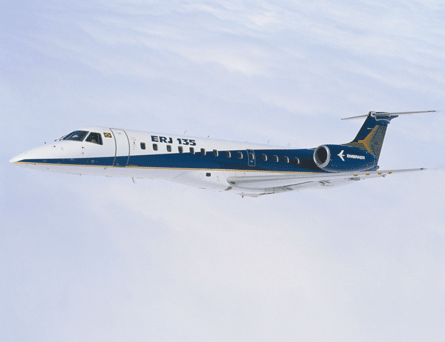South African investigators have found that poor runway-friction data at George Airport was not acted upon, just a month before an overrun badly damaged an Airlink Embraer ERJ-135.
Runway 11 had been friction-tested on 6 November 2009 after a renovation project that involved applying a bituminous fog-spray to its surface.
These tests showed a friction level of 0.40, which was below the 0.43 required minimum.
"Despite this information being available to several role-players, no corrective actions followed to ensure that aircraft operations were not endangered at the aerodrome," says the South African Civil Aviation Authority.
Its final report into the 9 December 2009 accident says that pro-active measures might have generated a timely NOTAM, warning that the newly treated runway could be slippery in wet conditions.
 |
|---|
Embraer An ERJ-135 came crashing through a fence after delayed braking |
The inquiry found the ERJ-135 experienced a tailwind on approach, touching down at 132kt (245km/h) before bouncing for 1.5s. Braking was delayed for about 4s after the jet settled. The aircraft came off the runway end at 59kt, steering around an antenna before crashing through the perimeter fence.
Ten of the 35 occupants received minor injuries.
Inspection of the main landing-gear showed two tyres had limited or no tread, which would have "degraded" water displacement and affected braking.
Short-stop tests with a Boeing 737-400 on 12 March 2010, in light rain conditions similar to the day of the accident, revealed a 28% underperformance for rejected take-off and 6% for landing, despite prior tests indicating good friction coefficients. Such tests, says the inquiry, provide "no guarantee" that a surface enriched by fog-spray will not reduce braking capability in wet weather.
Source: Flight International























